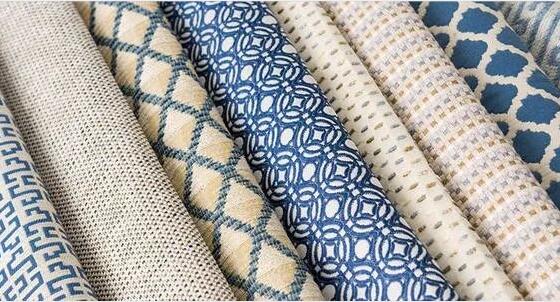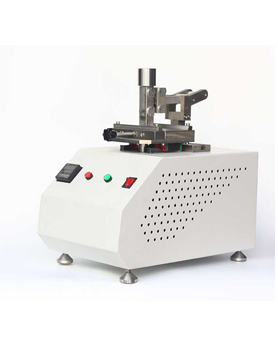Site: Home > News and events 

Common test methods for textile color fastness
TST Editor - Textile color fastness is also known as dyeing fastness, dyeing firmness. It refers to the resistance of the color of the textile to various effects during processing and use. The fastness level is assessed according to the discoloration of the specimen and the staining of the undyed lining fabric. Textiles in the process of its use will be subject to light, washing, ironing, sweat, friction and chemicals and other external effects, some printed and dyed textiles also undergo special finishing processes, such as resin finishing, flame retardant finishing, sand washing, brushing, etc., which requires the color of printed and dyed textiles to maintain a certain degree of relative fastness.
The most commonly used are washing resistance, light resistance, rub resistance and sweat resistance, ironing resistance, weather resistance and other items. In practice, mainly according to the end use of the product and product standards to determine the test items, such as woolen textile product standards must be tested for sunlight fastness, knitted underwear, of course, to measure the fastness to sweat stains, and outdoor textiles (such as umbrellas, light box cloth, canopy material) is certainly to test its weather fastness.

1、Washing color fastness.
The specimens are sewn together with standard lining fabrics, washed, cleaned and dried under suitable conditions of temperature, alkalinity, bleaching and rubbing to enable test results to be obtained in a short period of time. The friction in between is accomplished by tumbling and impacting with small bath ratios and the appropriate number of stainless steel beads, which are rated with gray cards to yield test results. Different test methods have different temperature, alkalinity, bleaching and rubbing conditions and specimen size, depending on the test standard and customer requirements to choose.
General washing color fastness poor colors are emerald blue, bright blue, black big red, navy blue, etc.
2、Rubbing color fastness.
The specimen will be placed on the friction fastness instrument, in a certain pressure with the standard friction white cloth and rub a certain number of times, each group of specimens are required to do dry friction color fastness and wet friction color fastness. The color stained on the standard friction white cloth with gray card rating, the resulting grade is the measured friction color fastness. Rubbing color fastness need to do both dry and wet fastness test, all the colors on the specimen to rub to.
3、 dry cleaning color fastness.
The same as the color fastness of washing, only the water washing to dry cleaning.
4、 sunlight fastness.
Textiles in use is usually exposed to light, light can destroy the dye and lead to the well-known "fading", so that colored textiles discoloration, generally lighter, darker, some will also appear to change the color light, so the need to test the color fastness, sunlight color fastness test, is the sample with different fastness levels of blue wool Standard cloth with different fastness levels of blue wool together under the specified conditions of sunlight exposure, the sample and blue wool fabric for comparison, assess the light fastness, the higher the blue wool standard cloth level of light resistance.

5、Color fastness to sweat stains.
The specimen and the standard lining fabric sewn together, put in the sweat stain liquid treatment, clamped on the sweat stain resistance color fastness meter, put in the oven at a constant temperature, and then dry, with gray card rating, to get the test results. Different test methods have different ratios of sweat solution, different specimen sizes, different test temperatures and times.
6、Water stain color fastness.
With water treatment specimens as above test.
Chlorine bleaching color fastness: the fabric in the chlorine bleaching solution according to certain conditions after washing, assess the degree of color change, which is the chlorine bleaching color fastness.
7、non-chlorine bleaching color fastness.
The fabric in the washing conditions with non-chlorine bleaching after washing, assess the degree of color change, which is non-chlorine bleaching color fastness.
8、Pressing color fastness.
The dry specimen covered with cotton lining fabric, in the prescribed temperature and pressure of the heating device under pressure for a certain period of time, and then use the gray sample card to assess the color change of the specimen and the lining fabric staining. Hot pressing color fastness has dry pressure, tide pressure, wet pressure, according to different customer requirements and test standards to choose the test method.
2021-09-16 10:56
- Related News
What's the difference between a hydraulic oil filter and a regular oil filter?
Interpretation of Paper Tear Strength Standards
What is the significance of the LA abrasion test?
What is a UTM machine used for?
What is the principle of a capillary rheometer?
What is the difference between conical and parallel twin-screw extruders?
What is the ISO standard for color fastness?
What is the use of a roundness tester?
The Role of Dust-Proof Robot Protective Clothing
What is the difference between Taber and Martindale abrasion tests?
